We had many memorable encounters with the animals of Mana Pools: the area’s rightful residents. Most of our animal sightings were unpredictable, which made them feel even more special. These encounters reminded me of how important it is for wild places to be protected and cherished – no zoo or wildlife park could ever come close to the unique spectacle that can be found in these authentic animal territories.
Elephants at the admin block
All visitors to the Mana Pools campsite have to report at the main National Parks office at the start of their stay. While we were tending to the administrative details, a mother and baby elephant casually sauntered out of the bushes – definitely a good way to start our trip!
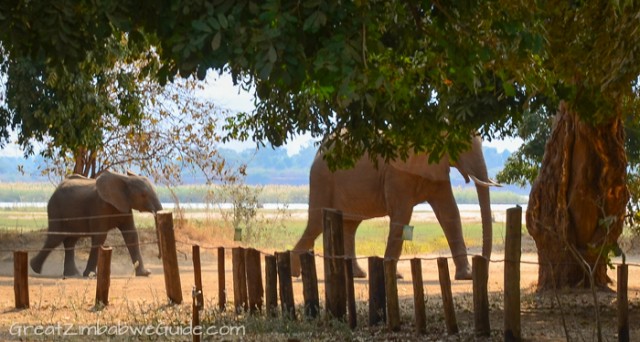
We watched them get closer and closer, until the baby decided that the tree directly outside the admin office looked rather tasty. The calf carefully stepped over the barrier around the offices and helped himself to the apple-ring msasa pods on the floor.
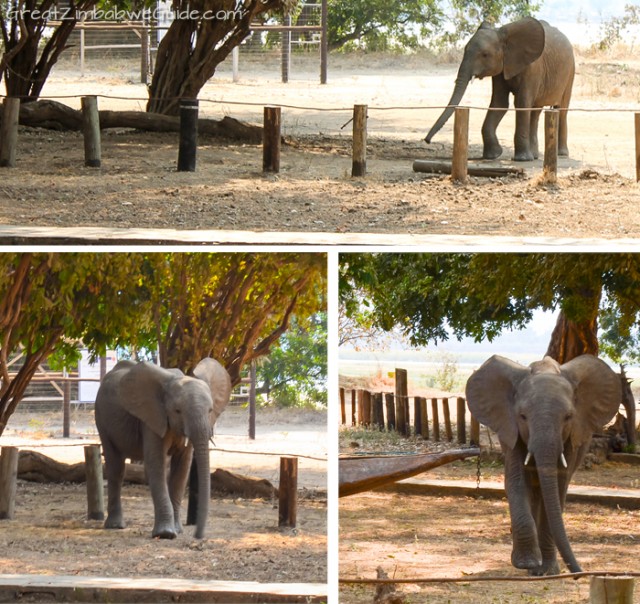
We had no choice but to keep still and wait for the calf to finish – we didn’t want to give it (or even worse, its mother) a fright. The calf eventually got so close to one of the National Parks officials that the official had to back away – he didn’t want to answer to the mother elephant if she were to ask him why her baby was so close!
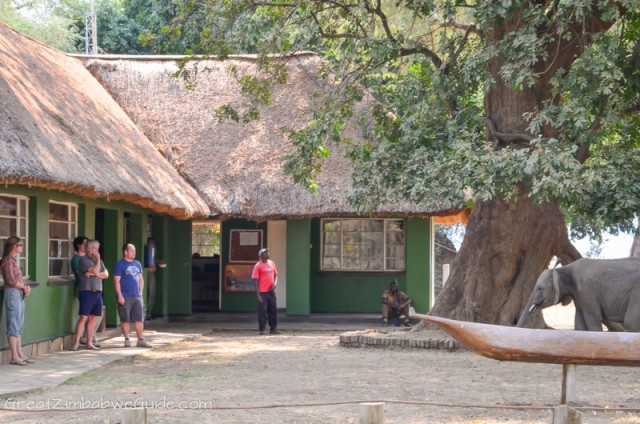
Wild dogs with an impala
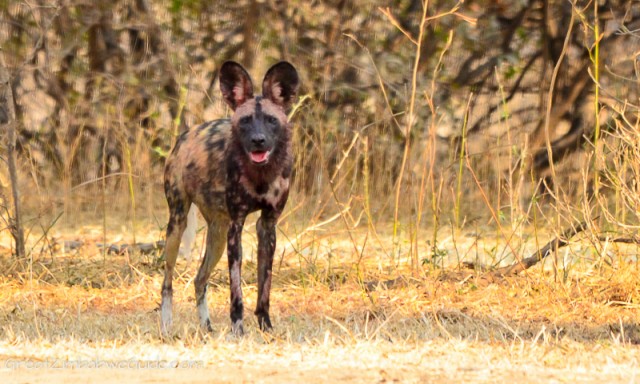
They may look like domestic dogs with strange markings, but they’re called painted hunting dogs for good reason. We had the amazing luck of spotting these endangered animals while on a game drive, and got out of the car for a closer look. The painted dogs had taken down a male impala, and within ten minutes they had eaten it so quickly that there was hardly anything left.
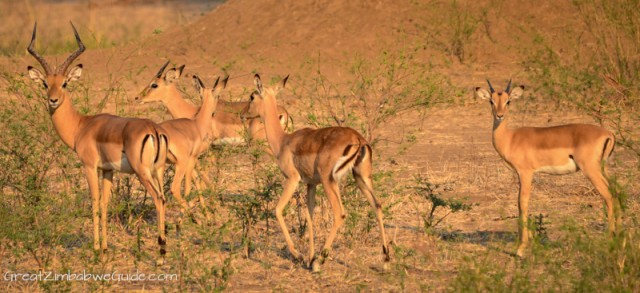 Impala – the prey of painted hunting dogs.
Impala – the prey of painted hunting dogs.
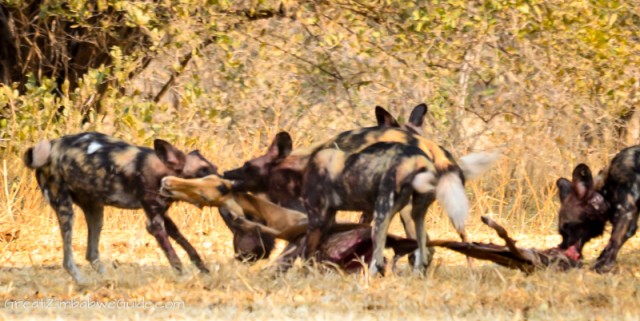 Not much remains of an impala after it’s been taken down by the dogs.
Not much remains of an impala after it’s been taken down by the dogs.
The dogs allowed us to watch them on foot from a close distance – they knew we weren’t a threat and we didn’t do anything to make them think otherwise. It was fascinating to see them devour the impala so quickly, without any of the noise or fuss that other animals like hyenas and lions make at a kill. The sight of the dogs’ white tails flickering in the air in excitement, with their big ears alert to their surroundings, was something special. The sense of community in their pack was palpable – they were constantly communicating with each other through touch and actions.
Painted hunting dogs take down their prey by wearying it out in a chase and ripping off pieces of the animal as it runs away – soft body parts with large blood vessels such as the inner thighs. Thereafter, the dogs have to eat their meal quickly and silently so as to not attract the attention of bigger animals like hyena who might steal their hard-earned dinner. We returned to the same spot the next day, and all that was left of the impala kill was part of the spine, horns and a few hooves – no wastage whatsoever.
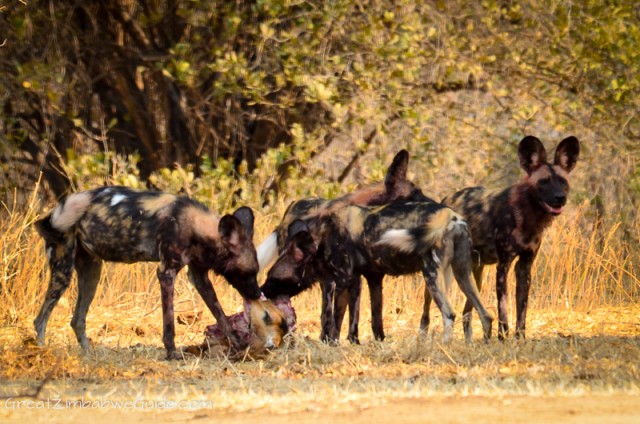
Painted hunting dogs are pack animals, and they share their food fairly between members of their group. The pups will stay in a nearby burrow with some pack members keeping watch. After eating a kill, members of the hunting party will return to the burrow and regurgitate food for the pups and their babysitters.
There are fewer than 5000 painted hunting dogs left in the wild, and they are endangered due to human persecution and susceptibility to domestic dog diseases. Zimbabwe is one of the few countries in Africa (and the world) where painted dogs can be seen in numbers. It was a huge treat to see them twice in one trip as we were lucky enough to see them the next day, too.
Miraculous heron
As we were walking near a pool one morning, we saw a large bird (a grey heron) apparently walking on water.
After a few minutes, the bird rose higher and the water beneath it started stirring. We saw the true source of its miracle – it had been helped by a hippo. The hippo didn’t seem to mind that it had a con artist on it’s back. 🙂
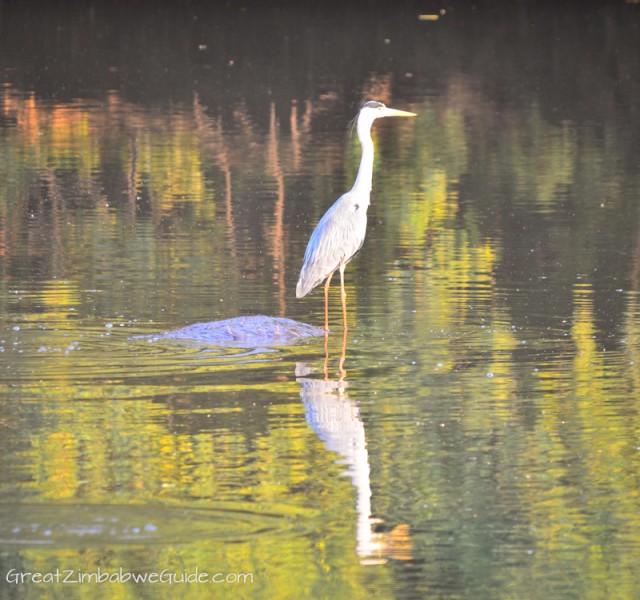
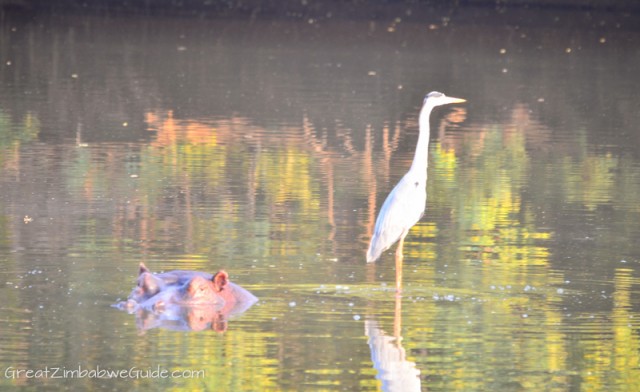
The elusive leopard
It’s very special to see a leopard in a wild because they’re usually such experts at making themselves hidden. They’re one of the most secretive, private animals on the planet, despite their apparent power.
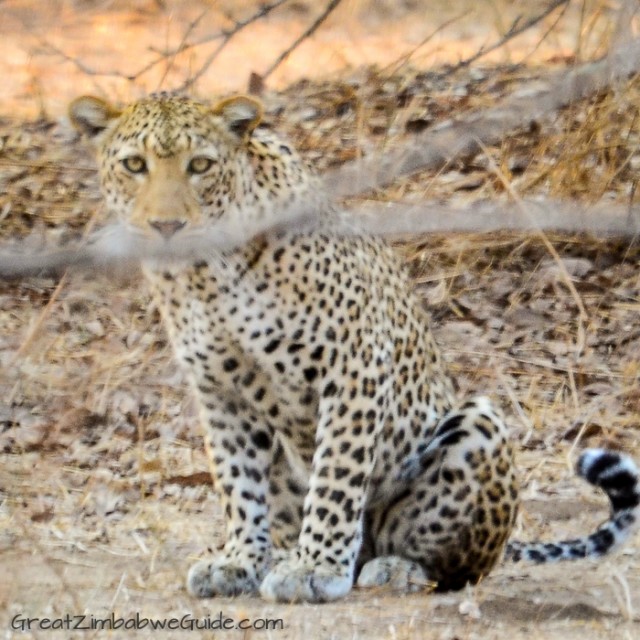
Ben spotted this leopard as we were driving in the park on afternoon, although I don’t know how, as the leopard’s spots made is extremely well-camouflaged. We stopped to gaze at this perfect creature, who was likely getting ready for a hunt for its dinner. It was well-built but compact, its stature primed for dragging its kill up trees – so different to the long-legged cheetah that’s built for speeds.
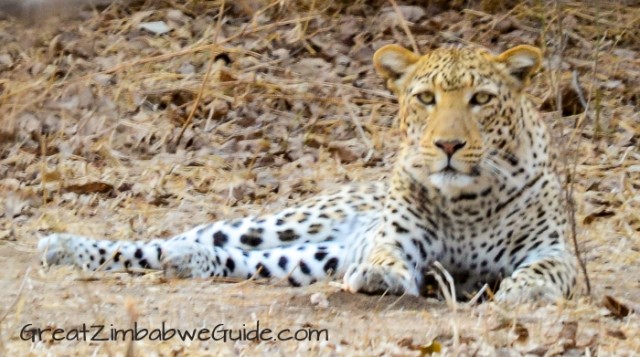
Mana Pools tree
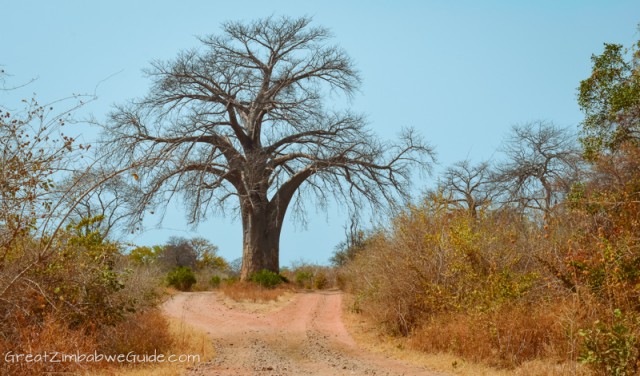
There are few places in the world where a tree can grow in the centre of a road. Mana Pools is one of those places, and the sight of this baobab tree is a welcome landmark for visitors – it means that the true Mana Pools – the river area – is not far away. This tree is also one of the true residents of Mana Pools that I hope will remain for many years to come.
Part of the Classic Zimbabwe holiday 2013 series. See more of our Mana Pools experience in the next post.

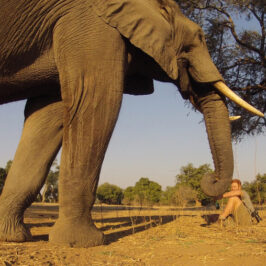
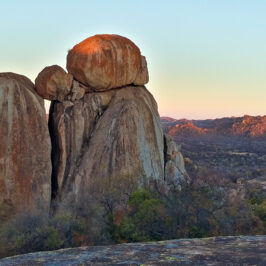




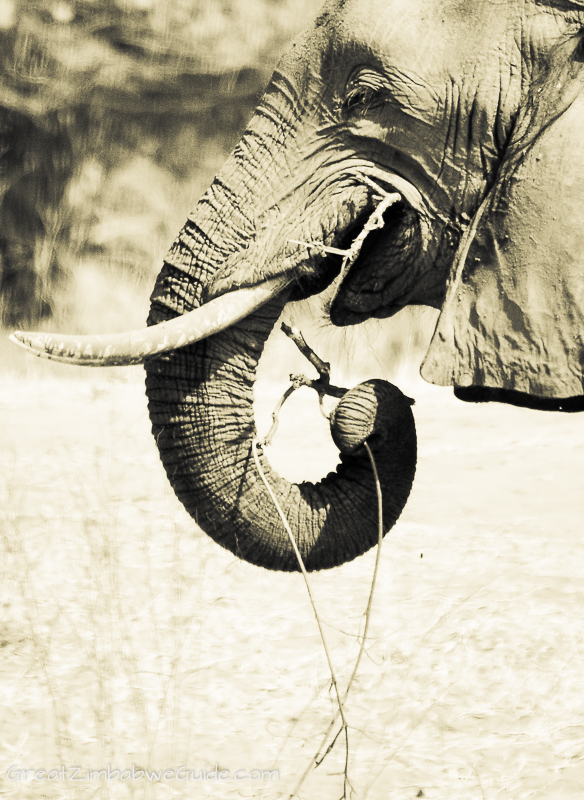
Leave a Reply